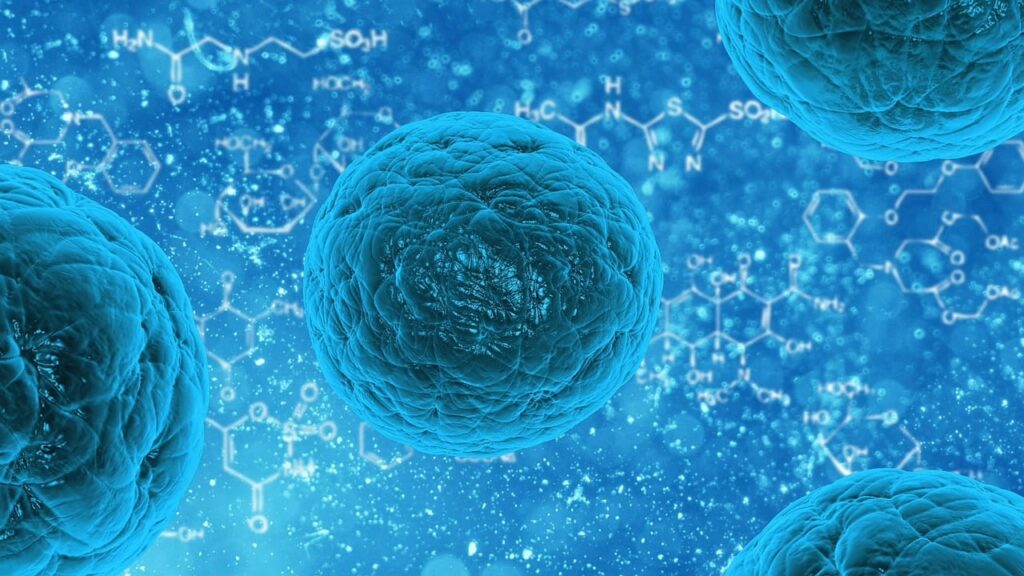Antimicrobial resistance arises when pathogens, such as bacteria, develop resistance to drugs meant to eliminate them. In a groundbreaking study, UK researchers have uncovered the mechanism behind antibiotic resistance, offering promising avenues for novel drug therapies through microbiome testing.
The misuse and overprescription of antibiotics have contributed to the proliferation of drug-resistant bacteria, escalating the risk of transmission between individuals and posing a severe public health concern.
Deep within the gut microbiome, bacteria harbor slender filamentous structures known as F-pili, facilitating the exchange of packets of antimicrobial resistance (AMR) genes through conjugation. Contrary to previous beliefs, researchers from Imperial College London have found that F-pili remain resilient in the gut’s harsh conditions, with their ability to transfer AMR genes unaffected and even fortified by their molecular structure.
Lead author Jonasz Patkowski underscores the urgency of addressing antimicrobial resistance, projecting its potential toll to match that of cancer by 2050. Unraveling the mechanisms underlying gene transfer among bacteria holds promise for combating this trend, as highlighted by the study’s findings.
In a bid to challenge the notion of F-pili fragility under agitation, researchers conducted experiments, shaking Escherichia coli (E. coli) samples while F-pili conjugated. Surprisingly, agitation bolstered gene transfer efficiency between bacteria, while also promoting the formation of biofilms, acting as a shield against surrounding antibiotic molecules.
Further tests using molecular tweezers revealed the remarkable resilience of F-pili, exhibiting elasticity and resistance to breakage even under harsh conditions like exposure to sodium hydroxide, urea, and high temperatures.
While F-pili are primarily composed of interlinked phospholipid molecules, researchers delved deeper into their molecular composition by creating phospholipid-free variants. The ease with which these structures disintegrated underscored the crucial role of phospholipids in maintaining structural integrity.
The study sheds light on the evolutionary adaptation of F-pili, enabling more efficient dissemination of AMR genes and providing insights into combating antibiotic resistance.
Corresponding author Tiago Costa emphasizes the resource-intensive nature of F-pili production for bacteria. Understanding how these structures facilitate antibiotic resistance and biofilm formation presents both a challenge and an opportunity for developing innovative interventions.
With a comprehensive understanding of F-pili’s properties, researchers envision potential applications in the development of advanced drug delivery systems, harnessing their robust and adaptable nature.
The findings, published in Nature Communications, mark a significant step forward in understanding antibiotic resistance mechanisms within the gut microbiome through advanced microbiome testing techniques.



